Galle Fort: A Living Monument of Colonial Heritage
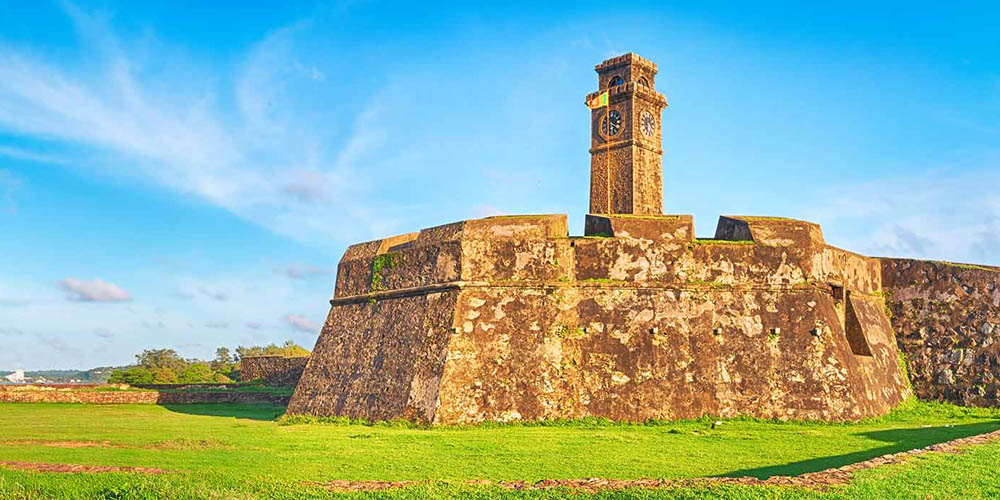
Galle Fort stands as the finest example of a fortified city built by Europeans in South and Southeast Asia, showcasing the interaction between European architectural styles and South Asian traditions. Designated as a UNESCO World Heritage Site in 1988, this magnificent 16th-century fortress on Sri Lanka’s southwestern coast represents over four centuries of maritime history, colonial influence, and cultural exchange.
Located on a promontory overlooking the Indian Ocean, Galle Fort has served as a vital port and strategic stronghold throughout its history. Today, it remains a vibrant, inhabited urban center where colonial-era buildings house modern residences, boutique hotels, galleries, museums, and cafes, making it one of the most atmospheric and best-preserved colonial fortifications in Asia.
Portuguese Origins and Dutch Magnificence
The Portuguese first built a small fortress at Galle in 1588, naming it “Santa Cruz.” However, the fort’s present grandeur is primarily the work of the Dutch, who captured Galle in 1640 and transformed it into their principal stronghold in Sri Lanka. Between 1663 and 1729, Dutch engineers and architects constructed the impressive fortification system that survives today.
The Dutch redesigned the entire settlement according to European military engineering principles, incorporating sophisticated defensive features while adapting to the tropical climate and terrain. Under British rule from 1796 to 1948, the fort continued to evolve, with Victorian-era modifications adding another layer to its architectural heritage.
Architectural and Engineering Marvel
The fortification system comprises massive ramparts and bastions built from coral and granite, stretching approximately 3 kilometers around the peninsula. Fourteen bastions—including the iconic Flag Rock, Point Utrecht, Triton, and Star bastions—project from the walls, each serving specific defensive and administrative purposes.
The massive walls, reaching heights of up to 12 meters and widths of up to 10 meters, have withstood centuries of monsoons, military conflicts, and even the devastating 2004 tsunami, which left the fort largely unscathed while surrounding areas suffered significant damage. This resilience testifies to the exceptional quality of Dutch engineering and construction.
The Living Fort
Unlike many historical fortifications that exist as empty monuments, Galle Fort remains a thriving community. Its grid of narrow streets is lined with colonial-era buildings displaying Dutch, Portuguese, and British architectural influences—gabled roofs, thick walls, columned verandas, and spacious courtyards designed for tropical living.
The fort contains numerous heritage buildings including the Dutch Reformed Church (built in 1755), the oldest Protestant church still in use in Sri Lanka; the All Saints Anglican Church; the National Maritime Museum housed in a Dutch warehouse; and the Historical Mansion Museum showcasing colonial-era artifacts and lifestyle.
Cultural Landmarks
The Fort’s iconic lighthouse, built by the British in 1939, stands on the site of an earlier Dutch lighthouse and remains operational, guiding ships into Galle harbor. The Clock Tower, another British addition from 1883, has become a beloved landmark marking the entrance to the historic area.
The Dutch Hospital, dating from the VOC (Dutch East India Company) period, has been beautifully restored and now houses upscale shops and restaurants. The Old Dutch Government House, Court House, and numerous colonial-era administrative buildings reflect the fort’s role as a major administrative center during Dutch and British rule.
Maritime Heritage
Galle’s strategic location on major trade routes between Europe and the East made it one of the most important ports in the Indian Ocean for centuries. Arab, Chinese, Indian, and European merchants converged here, creating a cosmopolitan trading hub. The fort’s warehouses once stored cinnamon, gems, spices, and other valuable commodities that attracted merchants from across the world.
The maritime character is celebrated at the National Maritime Archaeology Museum, which displays artifacts recovered from shipwrecks around Sri Lanka’s coast, including ceramics, weapons, and navigational instruments that tell stories of centuries of oceanic trade.
Rampart Walk and Scenic Beauty
The rampart walk offers one of Galle’s most memorable experiences. This promenade atop the fortress walls provides spectacular ocean views, particularly at sunset when locals and visitors gather at Flag Rock to watch the sun descend into the Indian Ocean. The walk passes cricket grounds, the lighthouse, and various bastions, each offering unique perspectives of the sea, harbor, and the fort’s interior.
Cultural Fusion
Galle Fort exemplifies the unique cultural fusion that defines Sri Lanka’s heritage. Dutch colonial architecture coexists with Buddhist temples, mosques, and Hindu kovils. The Meeran Jumma Mosque, with its distinctive clock tower, and the Shiva Subramaniya Hindu Temple add to the fort’s multicultural character, while local craftspeople, artists, and businesses maintain traditional practices within the colonial setting.
Living Heritage and Modern Vitality
The fort has experienced a cultural renaissance in recent years, attracting artists, designers, and entrepreneurs who have restored colonial buildings while respecting their historical character. Art galleries, boutique hotels, jewelry workshops, and restaurants occupy heritage structures, ensuring the fort remains economically viable while preserving its architectural integrity.
The Galle Literary Festival, held annually since 2004, has established the fort as a major cultural destination, attracting internationally renowned authors and thinkers to this historic setting.
Conservation Efforts
The Central Cultural Fund, in collaboration with other heritage organizations, works to balance conservation with the fort’s role as a living city. Ongoing efforts focus on maintaining the fortifications, preserving historic buildings, managing development pressures, and ensuring that modern adaptations respect the site’s World Heritage status.
Galle Fort represents a remarkable example of how historical monuments can remain relevant, inhabited, and economically sustainable while preserving their heritage value. It stands as a testament to centuries of maritime trade, colonial ambition, and cultural exchange, and continues to evolve as a vibrant intersection of past and present.
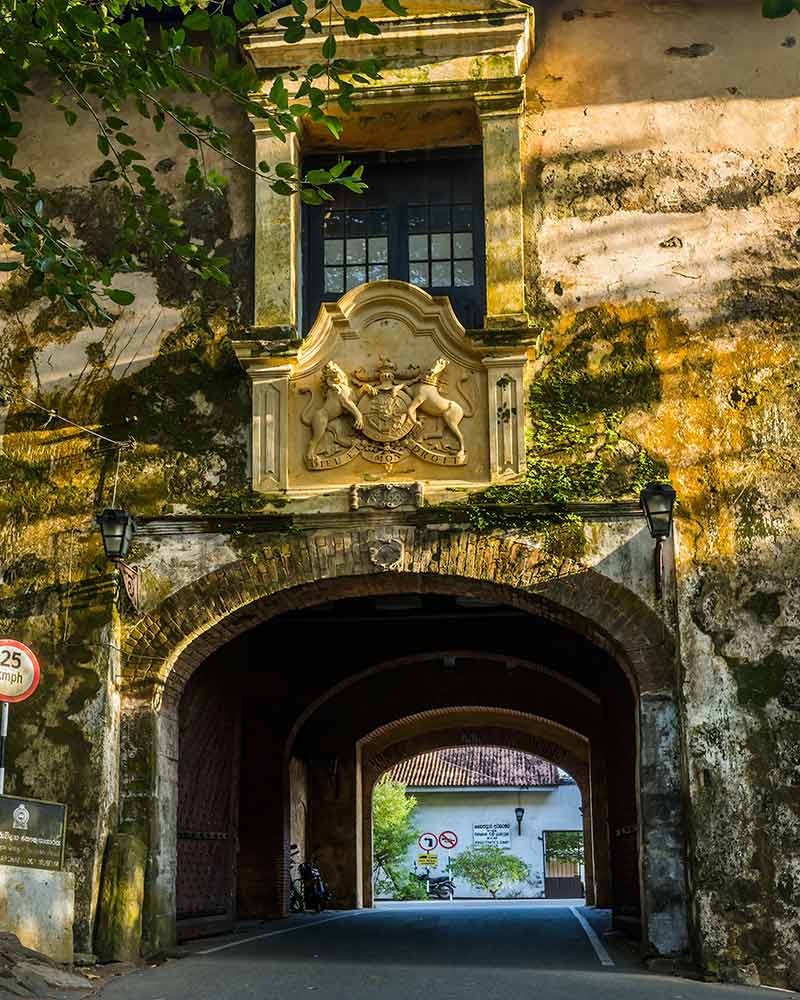
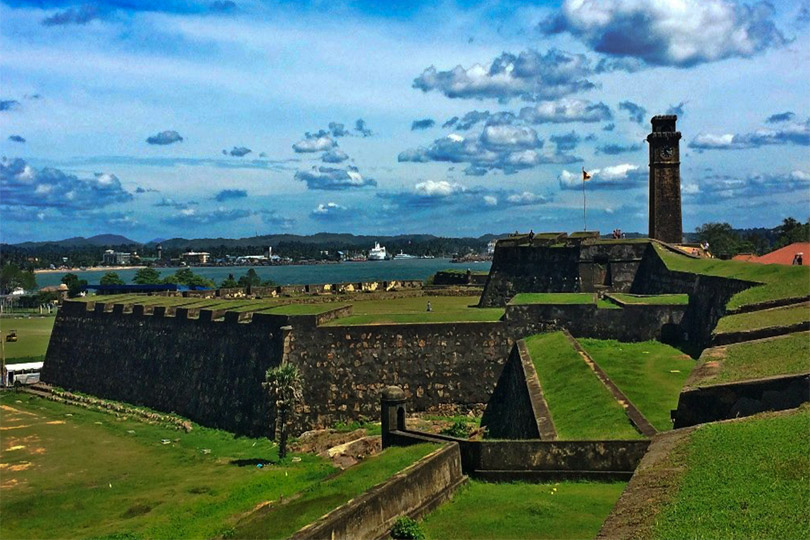
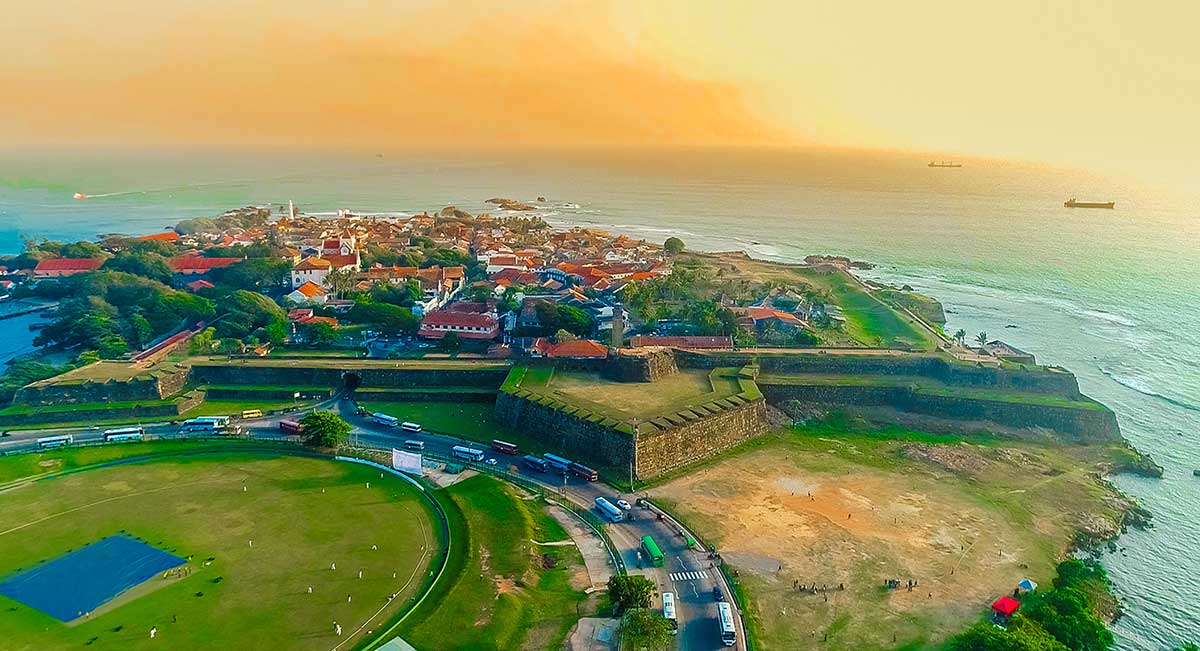
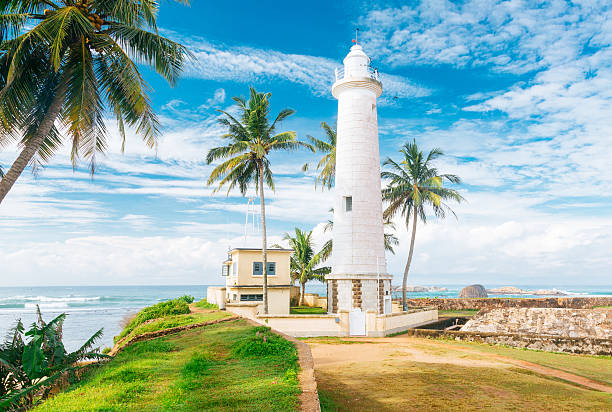
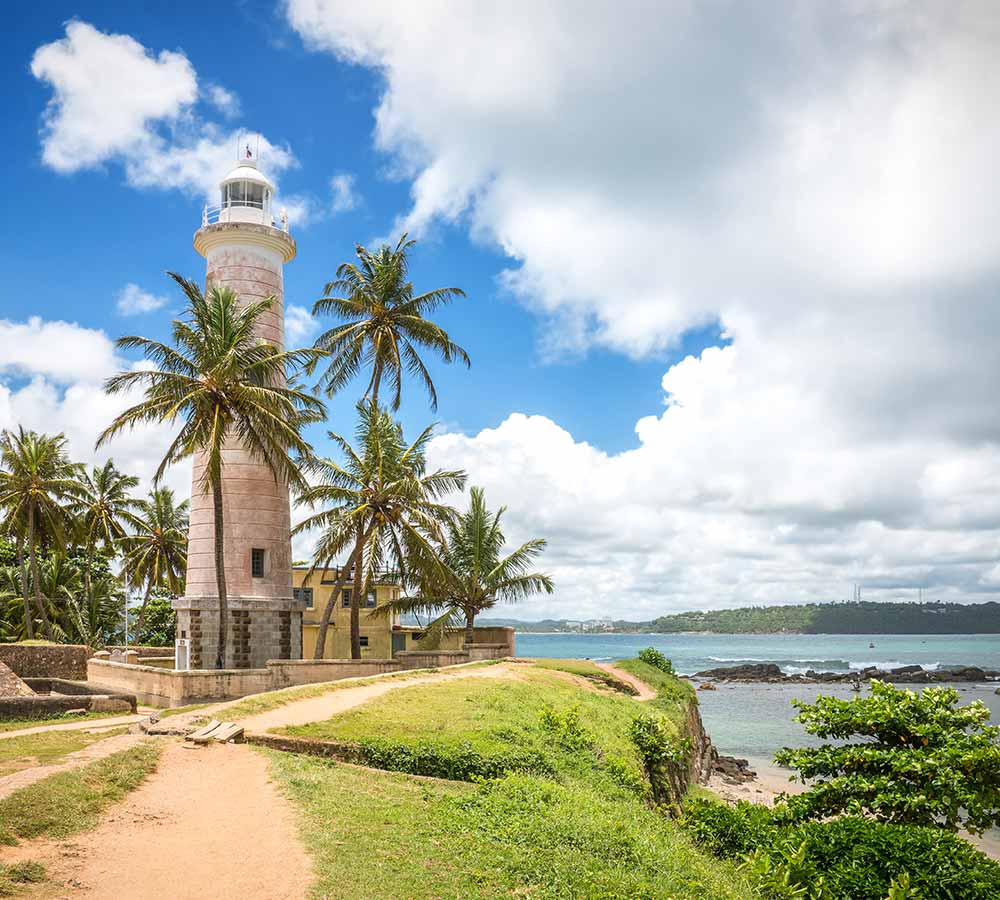
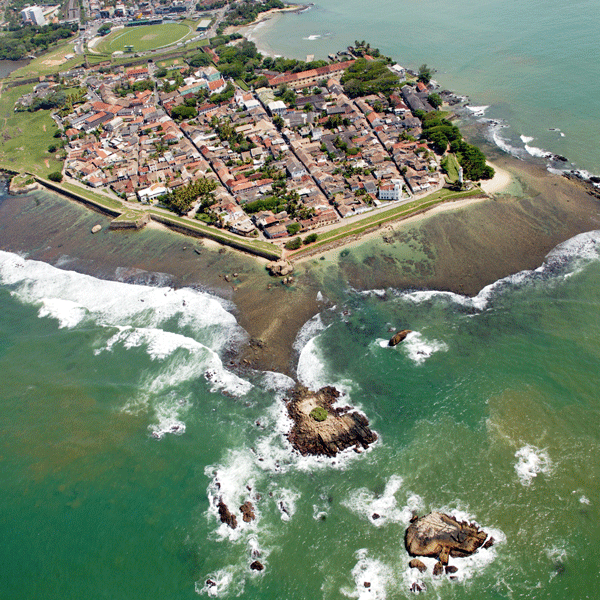
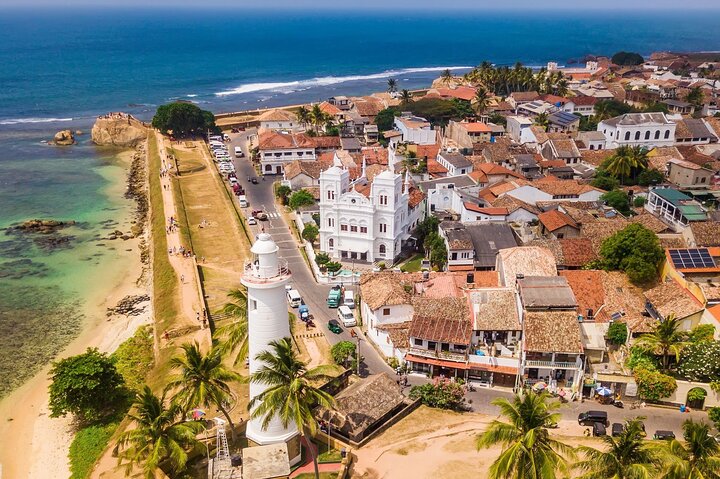
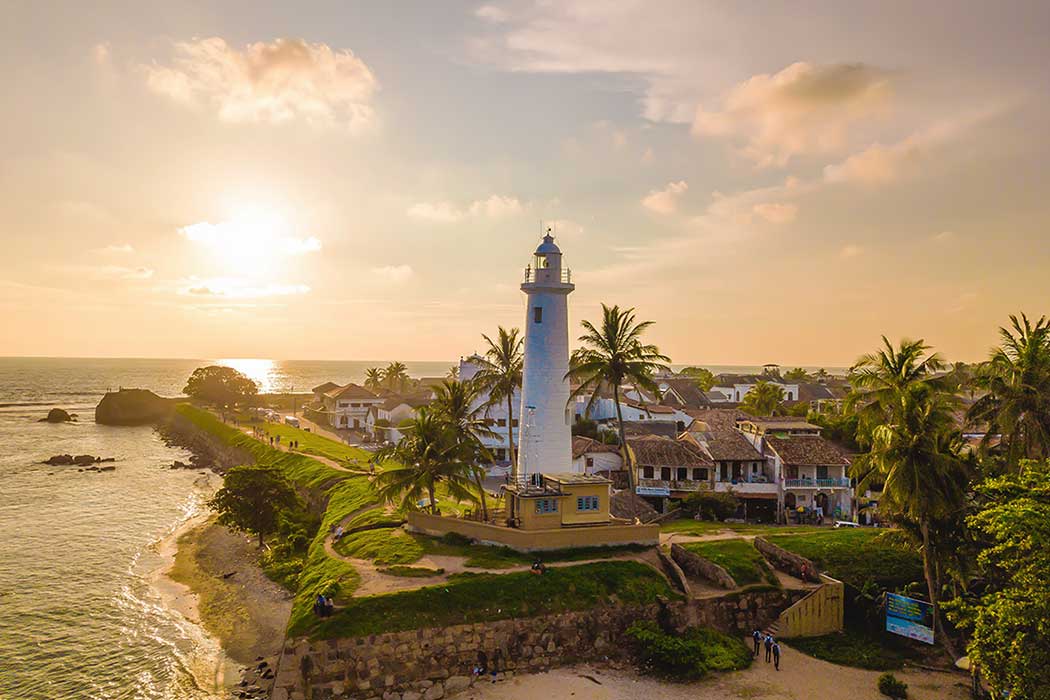
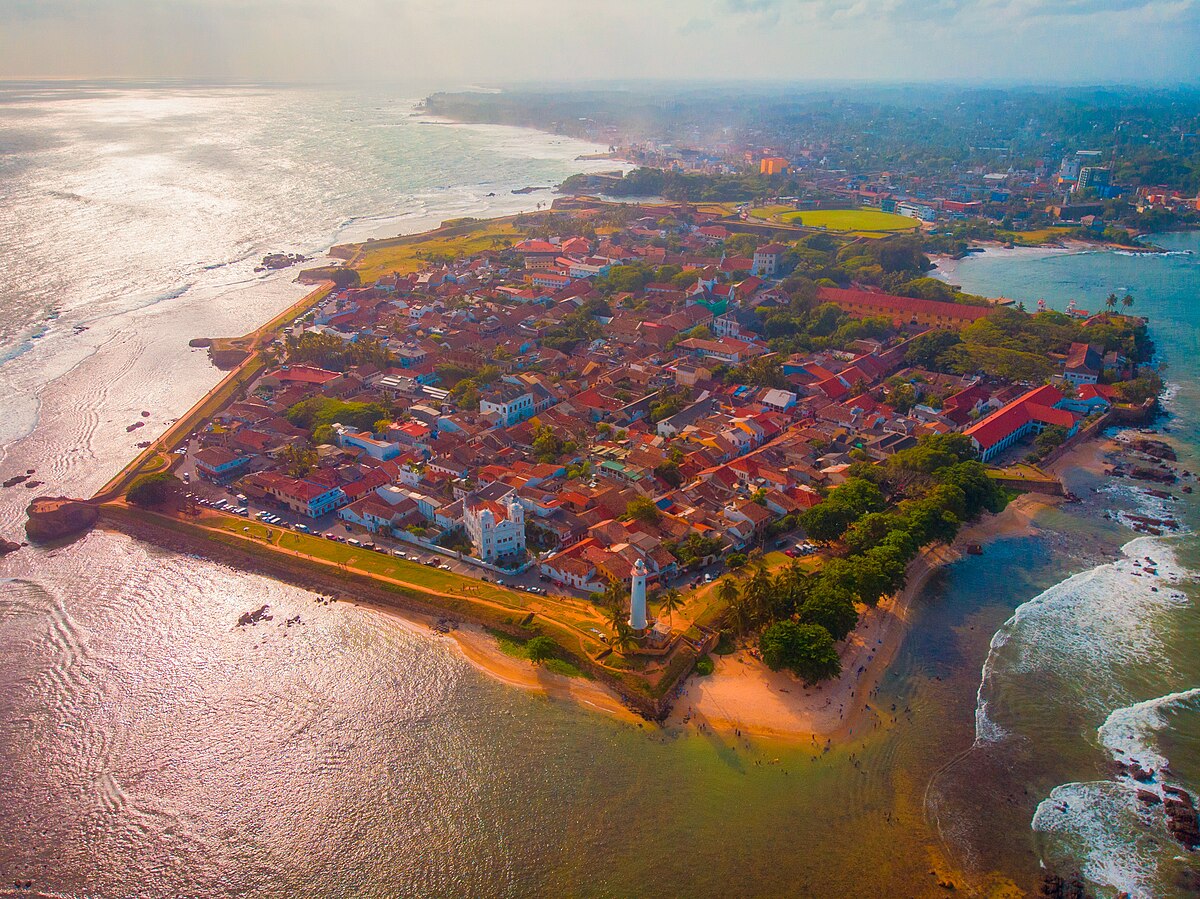
*Photo credits go to the respective owners
